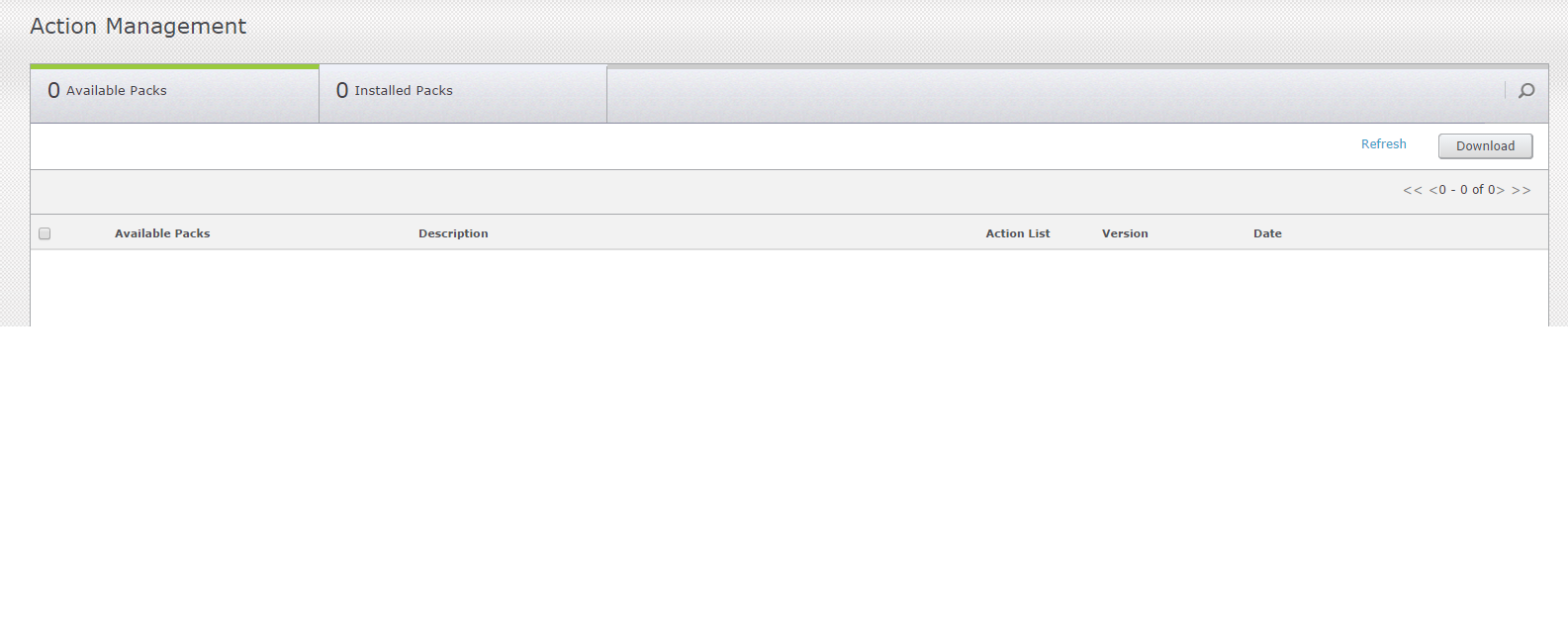Q1: In 5.0 What is the logical and functional difference between pre-deployment step and post-deployment step?
Ans: We have two types of pre-deployment steps- one for the deployment plan, which is usually used for assigning the artifacts and the model of the release and another one for the environment one to configure environment sensitive data. The post-deployment is to perform operations that should happen after the deployment finished - for example running tests to assure the success of the release. So pre-deployment is to configure dynamically the release and the post-deployment is to perform operations after the deployment has finished
Q2: What protocol are we using while transferring artifacts to Execution server and to Agents in ROC? Specifically w.r.t 5.0 distribution of artifact package in advance pre running deployment
Ans: We're using our propriety protocol for artifacts transfer. the protocol was designed to support large files and optimize the transfer. In 5.0, we allow artifacts dist. prior to the release which is extremely important for our enterprise customers that allow you to push the files before the
deployment happens so you don't waste precious deployment time on transferring files that can happen before that
Q3: Can we made a centralized Active-MQ server installation shared across all the NES's and NAC?
Ans: We can't centralized the Active-MQ installation because we need to have a dedicated broker for each instance, to improve performance
Q4: What will happen if I have an agent which in its nimi having two supernode A and B. It starts the execution of a process with Supernode A but during process execution when agent doing a job supernode A dies. Will supernode B will be able to resume the work?
Ans: Once the agent recognizes that supernode A is not responding he knows how to move to the next one i.e. in above example to B. Yes the supernode B will be able to resume the work.
Q5: In scenario of described in Q4 will the process will fail and need to restart again?
Ans: No the process will not fail. it will continue to work with the new supernode.
Q6: In Release 5.0 how can I find how many messages are currently in my Active-MQ between NAC->NES? Or How can I verify that the subscriber or producer are in good status?
Ans: Active MQ details had been exposed via JMX. The Active-MQ section "Domain: org.apache.activemq" provide information about Active-MQ.
Q7: Do we need execution servers to be connected to use application parameter across flows/action running on different server type assigned with agents connected to different execution servers?
Ans: If you want to pass parameters from one machine to another, they need to be connected via NES, either directly or indirectly (by indirectly we mean that it should be connected via some another NES).
Q8: How are parameter values getting resolve? Especially the one set at run time across different execution servers?
Ans: We have a sophisticated mechanism that knows how to route parameter value requests from one machine to another.
Q9: We have a functionality of validation check? What does it check in as validation?
Ans: Validation check will verify if all parameters have values assigned and also if all targeted agents are online. We validate whether machines associated to the deployment are ready and responding, to make sure they are all online before doing the deployment.
Q10: Can we change the retry number and time to connect to another supernode less than 14 minutes? Is there any impact or consideration related to this change?
Ans: Yes you can do that. The value can be configured in agents nimi_config.xml file under <keepalive> modify the value for key <interval>
<keepalive>
.....
....
<interval>840000</interval>
Note: We recommend to consult support before making change to this configuration as it need consideration of your topology and to consider some best practice.
Q11: Can we use Application imported from old version i.e. 4.7.1 into higher version i.e. 5.0?
Ans: Currently you can't do that, due to the major changes in the model
Q12: In new ROC I saw something Action Management? Can we use it to upload actions pack? What is the difference in two tabs it show available action packs and installed action packs?
Ans: Yes, we can use it to upload a package. The 'available actions' tab is the one you have on your system. The 'available actions' is the packs in the main repository that you can install into your system.
Q13: We see a scenario where in RA 5.0 and greater sometimes the Action Management tab's doesn't show any data? Can you explain why it is so?

Ans: The above scenario can be result of either the browser compatibility or daemon "Nolio Update service" may not be running on NAC Server. This service is required to responsible for calculating data for the above two tabs.
------------------------------------------------------------------------------------------------------------------------------------------------------------------------------------------------------------------------------------------------------------------------------
Other useful links:
FAQ on CA Release Automation